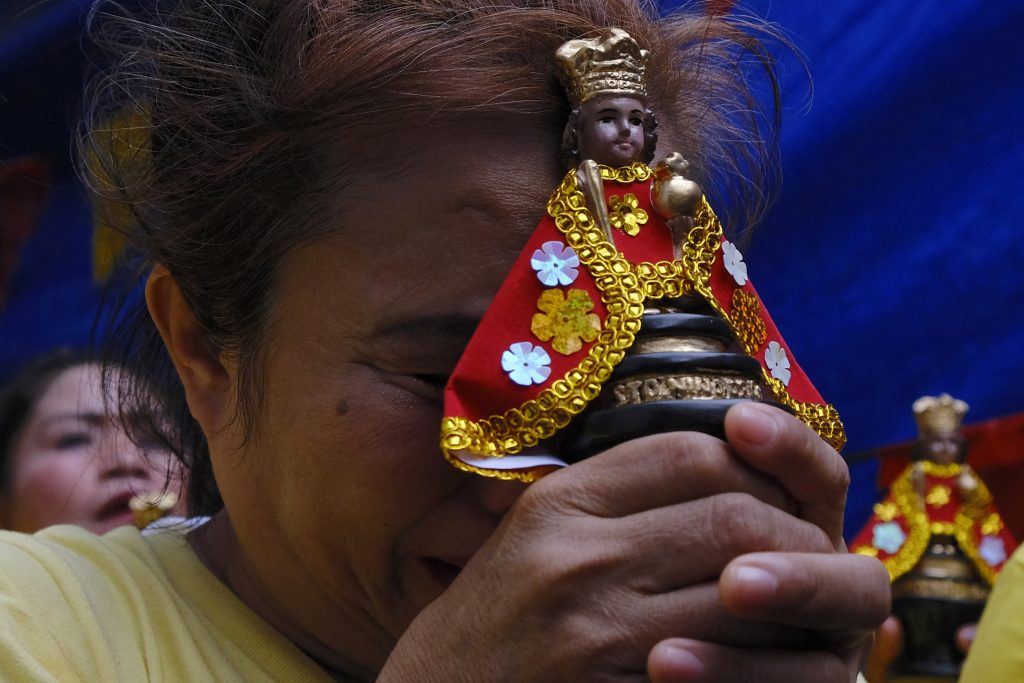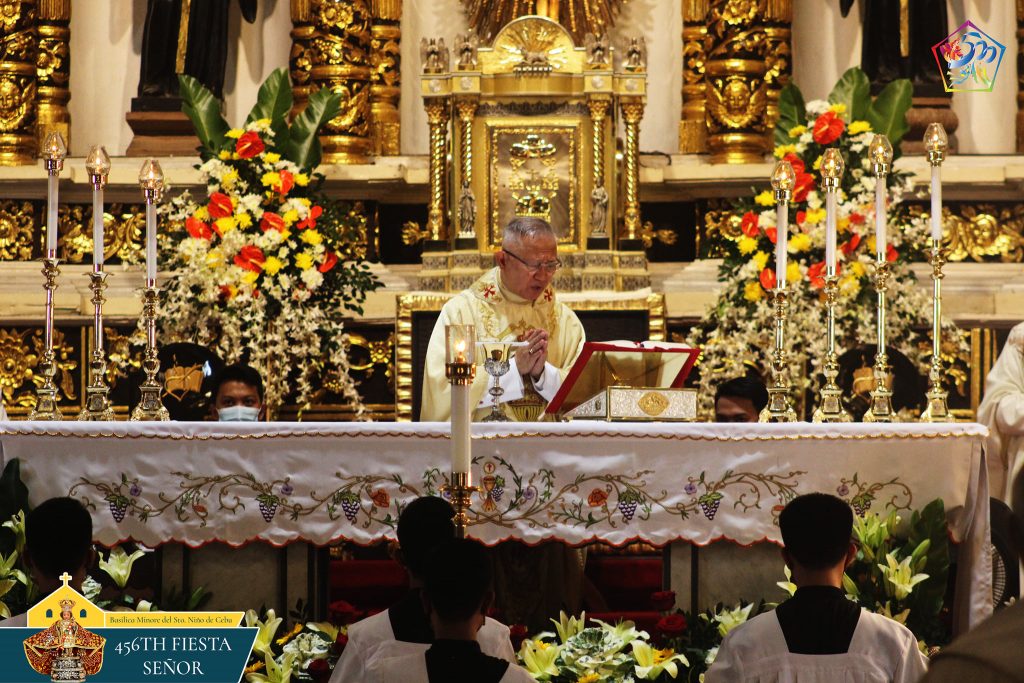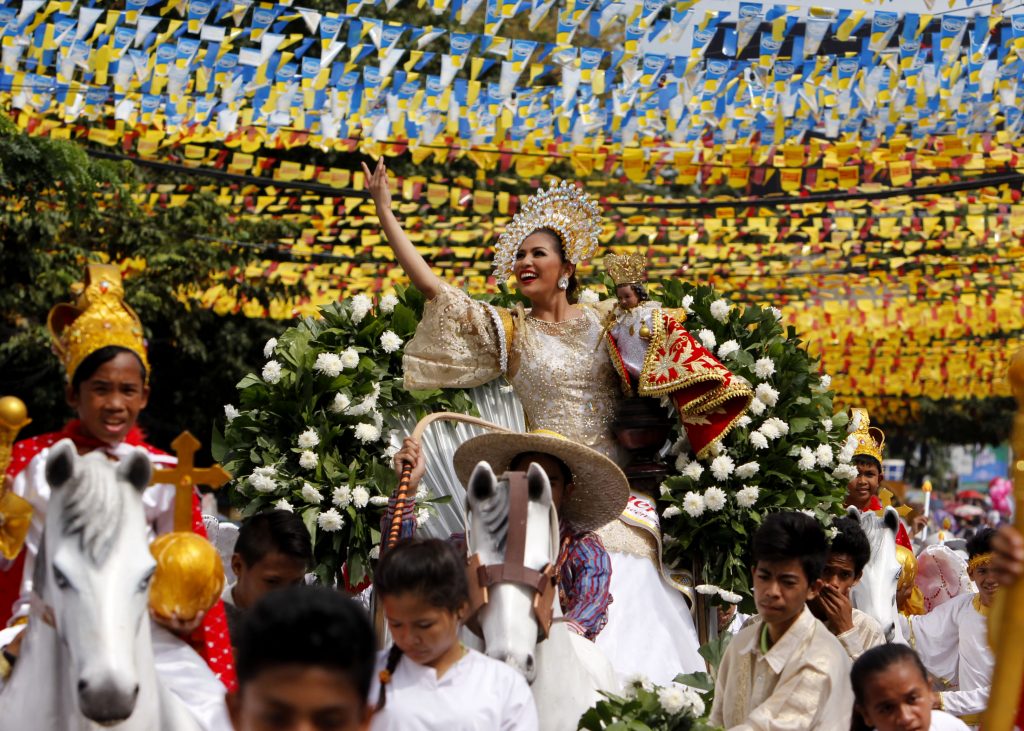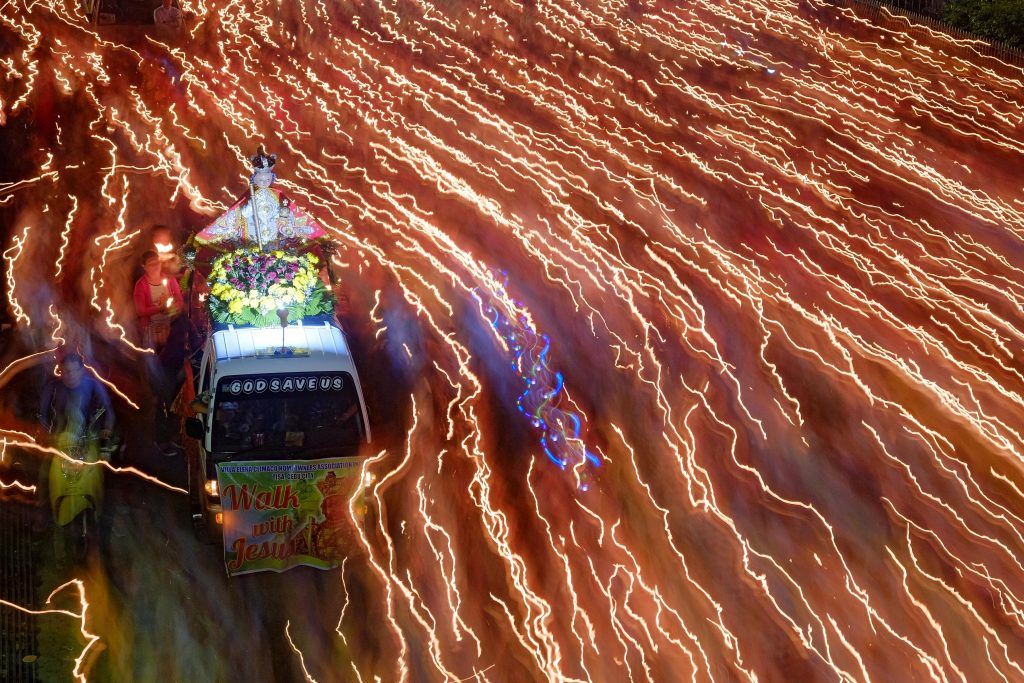
To show genuine devotion to the Child Jesus, the faithful should “reach out to the peripheries” and “show care” despite the limitations brought by the pandemic.
This was the message of Archbishop Jose Palma of Cebu during the celebration of the “feast” of the Child Jesus in the central Philippines on Sunday, January 17.
The celebration, which used to attract millions of people before the pandemic, was held in closed doors at the Basilica Minore del Sto. Niño in the city of Cebu.
Archbishop Palma said that since the arrival of the image of the Child Jesus in the Philippines 500 years ago, it never left the Filipino faithful especially during times of crisis.
The prelate said that despite all the challenges in the past year “it is a year of blessings.”
The archbishop said he understands that many would have wanted to celebrate the feast differently for the five centuries of blessings, but because of the pandemic “we have been restrained.”
“But his does not mean that we stop the celebration,” he said, adding that the Child Jesus that people adore in the basilica “is also on our altars (at home) and in our hearts.”
“If we do that, even if we have limited access, people can say that today, we are happy and we should be happy,” said the prelate.

Archbishop Palma said that aside from maintaining strong faith in the Child Jesus, devotees should also continue efforts to build “domestic churches” with “sincerity.”
He urged the Cebuano faithful to “concretize” their devotion by reaching out to “persons in the peripheries” in the slums, the poor, the sick, and the marginalized.
“In that spirit of reaching out, whether it be people in other places, other nations, or people at the peripheries, (may) we be moved to realize that the Niño needed the care of Mary and Joseph,” he said.
“We need to care for each other,” said the archbishop.
He said those who feel abandoned should realize “that we, the lovers of the Niño, love not the Niño here (in the Basilica), but the niños down (in the peripheries), who too, need a family.”

Preserving the ‘Sinulog’ dance
The pandemic has, meanwhile, allowed Cebuanos to look back to the “Sinulog” celebration of the past that older people said was centered on the prayer to the Child Jesus.
The Cebuano Studies Center of the University of San Carlos in Cebu, said the original “sinug” dance has been preserved through Estelita “Nang Titang” Diola who danced the traditional “sinug” for 70 years before her death in 2013.
Her nephews, nieces, and grandchildren continue the tradition in the district of Mabolo in Cebu.
The traditional dance ritual starts with the “paso” or the procession, reminiscent of the old tradition of starting the dance in honor of the Child Jesus at the main entrance of the church.
Unknown to many devotees, an “Alabasyon,” or poetry-reading, was part of the offerings to the Santo Niño aside from the “sinug.”
The “Sinulog” or dance prayer, the oldest festival in the country, usually gathers more than a million devotees, including local and foreign tourists.

“Sinulog,” from the Cebuano word “sulog” or water current, depicts the forward-backward movement of water that is danced to the beat of drums.
Devotees wave their hands in the air and shout “Viva Senor Santo Nino!” of “Hail to the Holy Child! and “Pit Senor!” short for “Sangpit sa Senyor (Call to King)”
The devotion of Filipinos, especially people from Cebu, to the Child Jesus has deep historical roots.
The image of the Holy Child was brought to the country by Magellan on April 14, 1521 as a gift to Queen Juana.
Juana’s husband, Rajah Humabon and some 800 natives, were also baptized, thus bringing for the first time Christianity in the country.
In 1565, when Spanish conqueror Miguel Lopez de Legazpi arrived in Cebu, a Spanish soldier found the image inside a burned house of a native.
Legazpi then named Cebu as the “City of the Most Holy Name of Jesus.”
Today, the image now known as Santo Nino de Cebu, is considered the oldest Christian relic in the country. It is enshrined at the Basilica, the oldest church in the country.
Source: Licas Philippines
0 Comments